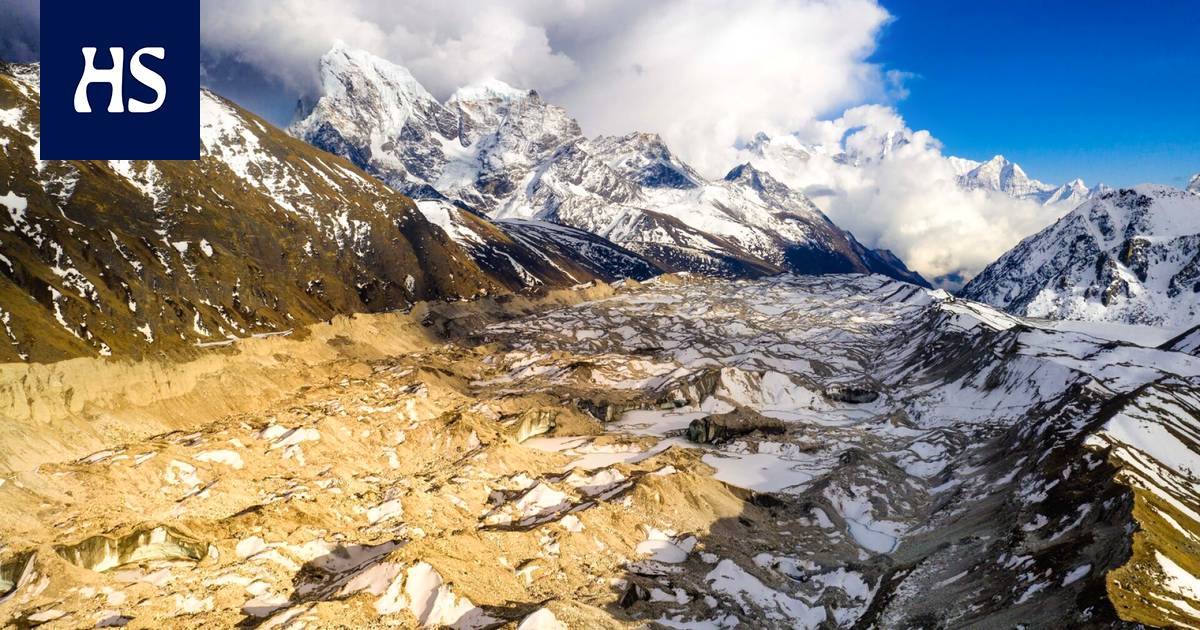The passions grew when people’s movement was restricted.
Warming up threatens to melt the Himalayan mountain glaciers even completely in this century, unless humanity’s carbon dioxide emissions are brought under control.
Even if the climate were to warm below one and a half degrees, a third of the glaciers could disappear.
In any case, the melting will continue at some pace, because the carbon dioxide that has already entered the air remains there for so long. Therefore, it would be good to find faster means of protection.
Glaciers and the preservation of the snows that feed them in the Himalayas and the Tibetan highlands is important, because ten of the great rivers of Asia rise from those reservoirs. They flow, for example, through India and China.
The amount of water that melts from snow in the spring covers about half of the annual water needs of four billion people.
The loss of snow would slow down quickly and significantly if air pollution, especially black carbon, i.e. soot, carried to the Himalayas were reduced.
If the soot build-up were to be curbed even to the level during the corona closures, the melting of the snow could slow down by even half at best.
Thus evaluated based on measurements and calculations of pollution and snow conditions by Indian, German and British researchers Atmospheric Chemistry and Physics -lehdessä.
They used a climate model that also modeled the chemistry of airborne pollutants.
When at the beginning of the corona pandemic in the spring of 2020, traffic, industry and energy production stopped, the air became cleaner in South Asia. That densely populated area normally pollutes a lot, so you could see and feel the difference.
Air currents brought less soot over the Himalayas than during the same period in previous years.
Because the embers became less sooty, their surface remained lighter. That’s why they didn’t heat up and melt in the sun as quickly as before.
The brightness of the air, the whiteness of the snow surfaces and the larger than usual extent of the snow covers were visible from the measurements. According to model calculations, the snow melted that spring in different areas of the Himalayas 10–50 percent less than before the corona era.
Of snow conservation would also protect the glaciers. A glacier shrinks more slowly if the layer of snow that fell on it does not disappear completely, but at least part of it condenses into new ice.
